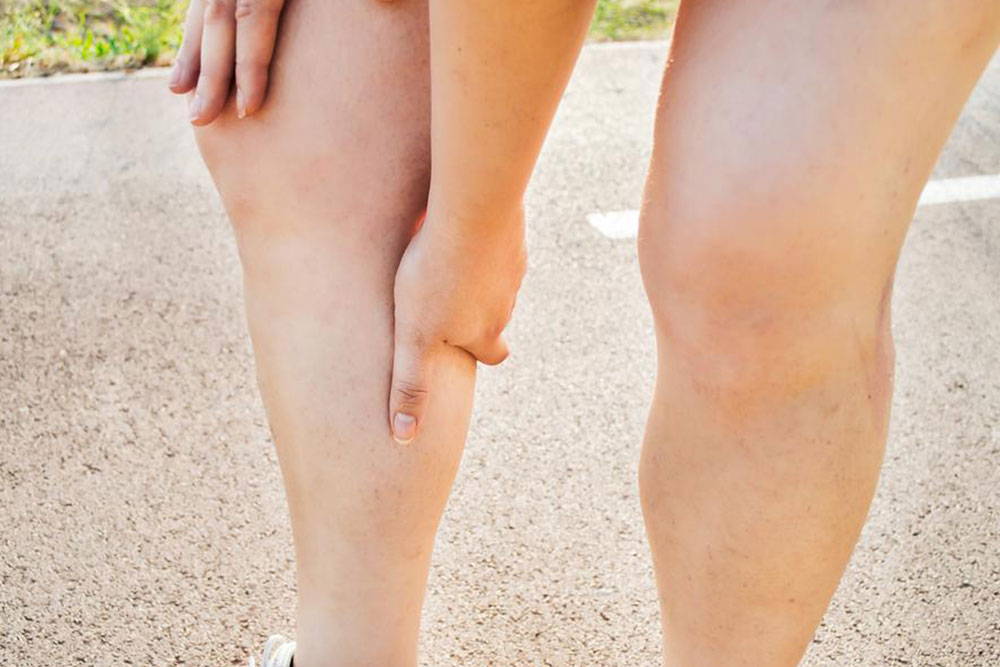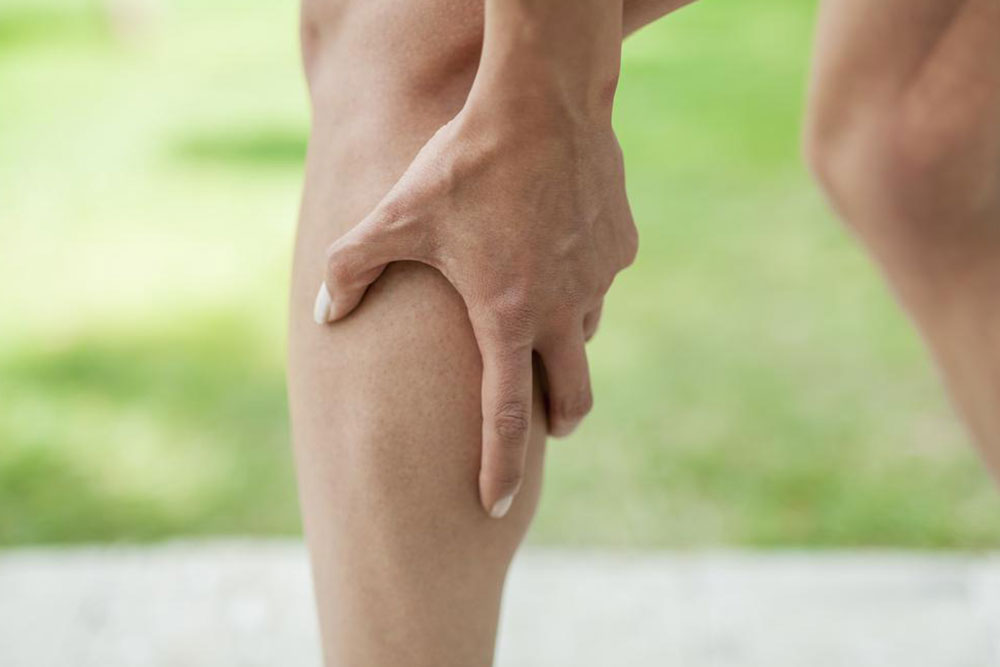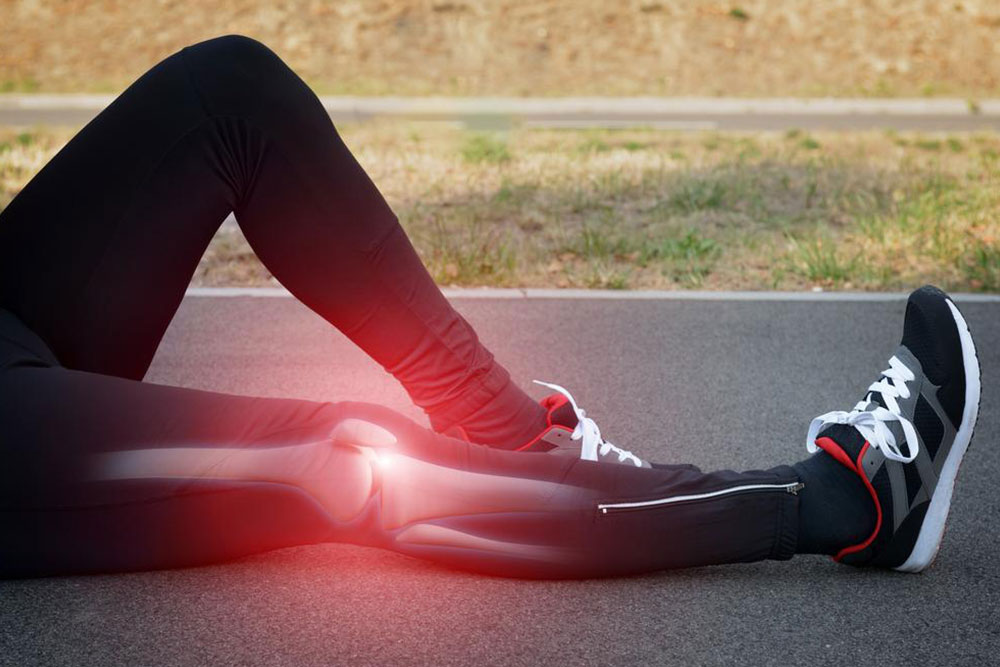Comprehensive Guide to Understanding Nocturnal Leg Cramps: Causes, Prevention, and Treatment Strategies
Nighttime leg cramps, also known as nocturnal leg spasms, cause sudden, involuntary muscle contractions during sleep, especially in the calves and thighs. Various factors contribute to these episodes, including poor sleep positions, dehydration, nutritional deficiencies, and medical conditions like MS and peripheral artery disease. Preventive strategies involve lifestyle modifications such as regular stretching, proper hydration, and maintaining a healthy diet. Recognizing the causes and implementing effective management plans can significantly reduce frequency and discomfort, leading to better sleep quality and improved quality of life.

Comprehensive Guide to Understanding Nocturnal Leg Cramps: Causes, Prevention, and Treatment Strategies
Nighttime leg cramps, medically known as nocturnal leg spasms, are sudden, involuntary muscle contractions that typically occur during sleep, disrupting rest and causing significant discomfort. These involuntary contractions primarily affect the calf muscles but can extend to the thighs and feet, making sleep restless and exhausting. Many individuals experience episodes of leg cramps at night, leading to disturbed sleep patterns and diminished quality of life. Understanding the underlying causes, recognizing contributing factors, and adopting effective prevention strategies are essential for managing these painful episodes effectively.
Nighttime leg cramps are a common health concern that affect people across different age groups, including athletes, elderly individuals, and those with specific medical conditions. While often benign, recurrent episodes can signal underlying health issues requiring attention. This comprehensive guide aims to explore in detail the top causes of nocturnal leg cramps, practical preventive measures, lifestyle modifications, and when to seek medical advice. By gaining a thorough understanding of these aspects, individuals can significantly reduce the frequency and intensity of cramps, improving their sleep quality and overall well-being.
Understanding the Causes of Nocturnal Leg Cramps
Identifying the root causes of leg cramps during the night is the first step toward effective prevention. Several factors contribute to these involuntary muscle contractions, ranging from lifestyle habits to underlying medical conditions. Let’s explore the most common causes in detail.
1. Insufficient Muscle Stretching and Flexibility
Modern sedentary lifestyles have led many people to spend prolonged hours sitting at desks or screens, reducing the natural movement that keeps muscles flexible and healthy. Lack of regular stretching and physical activity results in shortened muscles and tendons, especially in the calves and hamstrings. This decreased flexibility makes muscles more prone to cramping during rest or sleep. Historically, active lifestyles kept muscles limber, but today's more sedentary routines compromise muscle elasticity. Regular stretching exercises, particularly before bed, can help maintain muscle flexibility and reduce the risk of cramps.
2. Sleeping Positions that Promote Cramps
The way we sleep has a significant impact on muscle health. Certain positions, such as sleeping face down or with toes pointed downward (plantar flexion), can keep calf muscles in a shortened position for extended periods. Prolonged positioning like this may trigger spasms, especially if muscles are already tight or fatigued. Sleeping on your side or adopting neutral foot positions—keeping toes aligned with the ankles—can significantly reduce strain on calf muscles and prevent nighttime spasms. Using specialized pillows or adjusting mattress firmness can also help promote healthier sleep postures.
3. Neurological Conditions Including Multiple Sclerosis (MS)
Neurological disorders such as multiple sclerosis (MS) can cause muscle spasticity—an abnormal increase in muscle tone—that manifests as tightness, involuntary twitches, and spasms. These symptoms often worsen at night due to fatigue and reduced movement. MS-related muscle spasms can be severe and may disrupt sleep, further impacting quality of life. Managing neurological conditions with medications and physical therapy can mitigate these symptoms, but individuals should consult healthcare providers for tailored treatment plans.
4. Excessive Physical Activity and Muscle Overload
Engaging in intense or prolonged physical activity, especially without proper warm-up or cool-down routines, can lead to muscle fatigue and overload. Overexerted muscles may become more susceptible to cramps during rest periods, such as nighttime. Athletes and active individuals are particularly vulnerable. Proper hydration, adequate electrolytes, and strategic stretching during and after exercise can help reduce this risk. Monitoring workout intensity and ensuring sufficient rest and recovery are crucial for muscle health.
5. Medical Conditions: Osteoarthritis and Nerve Disorders
Osteoarthritis, particularly in the spine and joints, can impinge nerves and cause muscle spasms. Degenerative joint changes may lead to pinched nerves, resulting in pain, tingling, and muscle cramps during sleep. Additionally, nerve issues—such as peripheral nerve entrapment or radiculopathy—can contribute to nocturnal spasms. Managing osteoarthritis with medications, physical therapy, and lifestyle adjustments helps reduce nerve compression and associated cramps.
6. Dehydration and Electrolyte Imbalances
Electrolytes like magnesium, calcium, and potassium play vital roles in muscle contraction and relaxation. Imbalances in these minerals due to dehydration, heat exposure, or inadequate diet can disrupt normal muscle function, leading to cramping. Dehydration is particularly common in hot weather or after intense exercise, and replacing lost fluids and electrolytes is essential. Consuming a balanced diet rich in these minerals and staying well-hydrated can help maintain proper muscular function and prevent nocturnal cramps.
7. Prolonged Sitting or Standing
Staying in one position for extended periods, whether sitting or standing, can fatigue muscles and lead to spasms. Standing for long hours causes muscle fatigue due to sustained contraction, whereas sitting for prolonged periods can cause hyperactivity in certain muscle groups, resulting in spasms. Incorporating movement breaks, stretching routines, and ergonomic adjustments during the day promote circulation and muscle health, reducing the likelihood of cramps during the night.
8. Nutritional Deficiencies
Inadequate intake of essential minerals, especially magnesium, calcium, and potassium, can impair muscle function, resulting in cramps. Despite some conflicting research, maintaining balanced electrolytes through diet or supplements is generally recommended for those prone to cramps. Foods rich in these minerals—leafy greens, nuts, bananas, and dairy products—should be included in daily diets to support healthy muscle activity.
9. Diabetes and Diabetic Peripheral Neuropathy
Uncontrolled blood sugar levels in diabetics can damage peripheral nerves, leading to tingling sensations, numbness, and spasms in the legs. This nerve damage, known as diabetic peripheral neuropathy, often worsens at night. Proper diabetes management through medication, diet, and lifestyle modifications is essential to prevent or mitigate nerve damage and reduce the incidence of leg cramps.
10. Peripheral Artery Disease (PAD)
Peripheral artery disease involves the narrowing or blockage of leg arteries, reducing blood flow to muscles. This ischemia can cause muscle cramps, especially during rest or sleep when blood flow is compromised. Symptoms may include leg pain or cramps that improve with movement. If cramps persist despite lifestyle adjustments and medications, medical evaluation and intervention are necessary to manage PAD effectively.
Prevention and Management of Nocturnal Leg Cramps
While the causes of leg cramps vary, several practical strategies can help in prevention and management:
**Regular stretching:** Incorporate gentle stretches targeting the calves, hamstrings, and feet into your daily routine, especially before bedtime.
**Adjusting sleep posture:** Use supportive pillows and ergonomic mattresses to maintain neutral foot positions during sleep.
**Stay hydrated:** Drink ample fluids throughout the day and replenish electrolytes lost during sweating with electrolyte-rich beverages or foods.
**Exercise wisely:** Engage in moderate physical activity and avoid overexertion. Incorporate warm-up and cool-down routines.
**Dietary measures:** Consume a balanced diet rich in magnesium, calcium, and potassium or consider supplements after consulting a healthcare provider.
**Manage underlying health conditions:** Proper control of diabetes, osteoarthritis, and neurological disorders reduces the risk of spasms.
**Avoid prolonged static positions:** Take regular breaks during long sitting or standing periods to stretch and promote circulation.
**Use of medications:** In some cases, doctors may prescribe medications such as muscle relaxants or nerve-modulating agents for severe or persistent cramps.
When to Seek Medical Help
If nocturnal leg cramps become frequent, intense, or are accompanied by other symptoms such as swelling, redness, or skin discoloration, consult a healthcare professional promptly. Persistent cramps may indicate underlying conditions that require medical diagnosis and tailored treatment plans. Additionally, if cramps interfere significantly with sleep and daily activities despite lifestyle adjustments, medical intervention may be necessary to find effective solutions.
In conclusion, nocturnal leg cramps are a common but manageable condition. By understanding the causes, adopting appropriate lifestyle changes, and consulting healthcare providers when necessary, individuals can significantly reduce the occurrence and severity of these painful spasms. Prioritizing muscle health, hydration, and overall wellness is key to enjoying restful, uninterrupted sleep.





